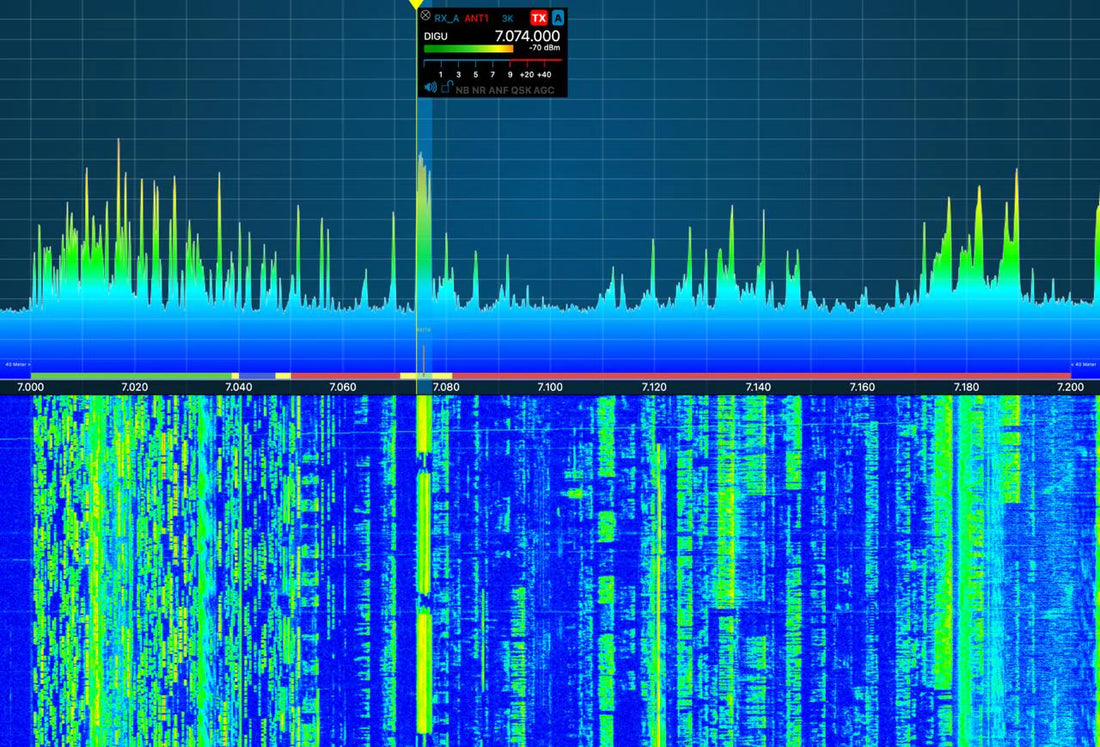April and May have been all about phased arrays at RF.Guru. In our quest for smarter, more compact, and highly directive receive systems, we’ve pushed several designs from theory into practical validation — and uncovered insights that will soon reshape how we approach RX antennas in small or compromised spaces.
We kicked off by directly tackling Faraday rotation issues with the development of our PolarFlip module. Designed to accept two cardinal receive antennas (such as active dipoles, loops, or beverages on ground), PolarFlip outputs both linear and circular components (LHCP and RHCP) using 90-degree hybrid combiners. The design is frequency-stable from 1 MHz to 50 MHz, giving us an effective and practical way to decode polarization shifts in real-time — a foundational tool before diving into more complex phase-fed array topologies.
Next, we built a field prototype of the EchoTriad, our compact 3-element phased array using active E-field probes. We validated its geometry and hybrid-fed spacing logic against NEC simulations, and surprisingly, our custom math model aligned within 1–2° for beam directions and RDF. With that confidence, we’ve ditched NEC as a core optimizer, and will publish a full article soon explaining why and how our method works — and when NEC is still useful.
Then came the QuadraTus: a rugged, scalable 4-square RX system optimized for 160m and 80m. Unlike traditional 4-squares, we’ve designed this for broad beamwidth with excellent front-to-back performance, tuned specifically for DX takeoff angles and rejection patterns.
In a bold variation, we also drafted a ground-level version of the QuadraTus using shortened beverages on ground in a cardinal phasing layout. By shrinking the physical length but adding phase-fed directionality, we not only reduced footprint but opened up four extra switchable directions beyond the standard four — without needing additional wires.
Every test, from indoor hybrid tuning to field-level polar response plots, brought insights we’re now translating into full publications. All findings will appear in detail via our Tech List (open to everyone to subscribe) along with release notes, measurement data, and downloadable tools for our fellow RF tinkerers and field testers.
Products and bundles based on these phased array systems are planned to follow after thorough field testing. We expect initial releases to roll out in Q4 of this year.
Stay tuned — this is just the beginning of what we’re calling the RX Phase Renaissance.
